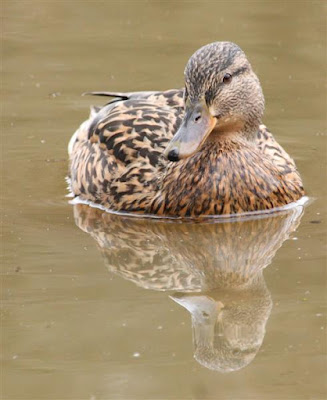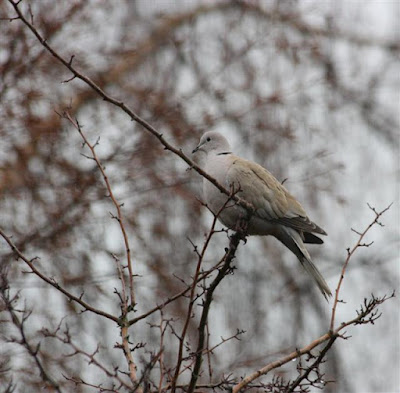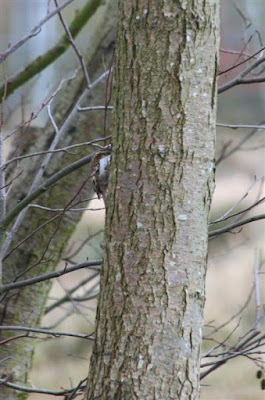With an improvement in the weather I headed south-west to the coast and commenced a slow anti-clockwise stroll around the sea wall path at Farlington Marshes.
High tide was about 2 hours away so many of my initial sightings were distant views through the bins or scope and I therefore decided to test out digi-scoping using a TLS800 photo adapter on my Swarovski scope with the Cannon 450D for the first time. I'm reasonably happy with some of the results but definitely more practice is required with both focusing and camera speed settings.
Brent Geese from behind.
Oystercatchers before the tide eventually swamps their resting place.
Male Common Teal looking their best.
Far out in the harbour were masses of Brent Geese, Red-breasted Mergansers, Shelduck and a few Little Grebes plus the usual Black-headed and a Great Black-backed Gull. The sun was in the wrong direction to take any shots of the occupants on the main pool that included Mallard, Teal, Northern Pintail and Redshank. Most of the waders were a long way out in the harbour on the shingle islands and from time to time I enjoyed the spectacle of massed flocks of Dunlin, Plover, Turnstones and Knot erupting from their resting place and wheeling around before dropping down to a new, dryish location.
Waders (Knot and Dunlin) sleeping on the last remnant of solid ground way out in the harbour.
Half way round - a view inland over the apparently empty marsh but a fly over by a Peregrine had everything erupting into the air before returning to their hideaways in the grass and reed fringed gulleys. I stopped at The Deeps and added a single Barnacle Goose, Canada Geese, Lapwing, Shoveller, Wigeon; a Skylark displaying high above the marsh; a Reed Bunting perched briefly on the fench below me plus Great Crested Grebes and Goldeneye out on he water.
Lapwing.
Northern Shoveller preening.
Heading back inland towards the information building I stopped to take some shots of Brent Geese much closer in a field that I will save for a future post. The final part of my circuit followed the stream where I eventually caught up with Mute Swan, Black-tailed Godwit, Moorhen, Common Gulls and only one Little Egret.
I hope we get some more dry days so that the 'watcher' can get out and enjoy the wildlife around us. FAB.























































